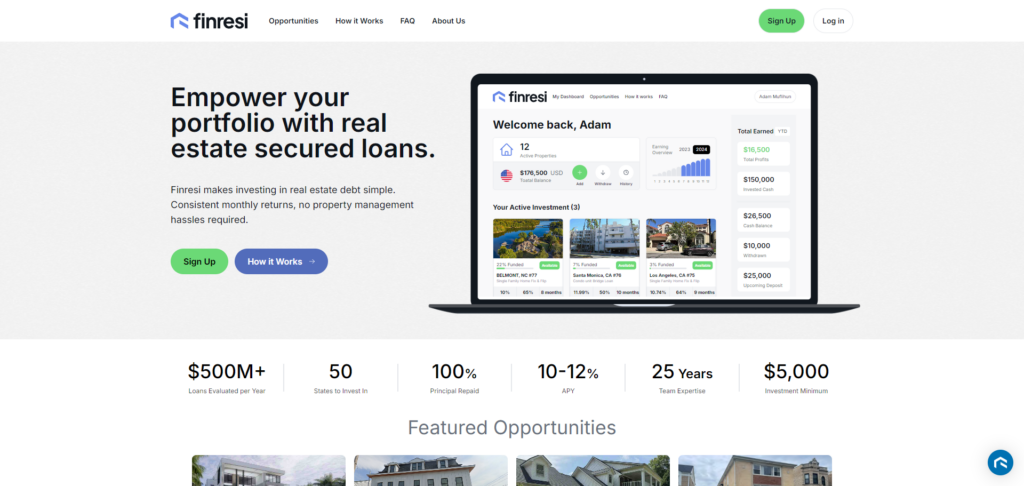Designing a Impactful Blog Design to Complement Your Digital Marketing

In today's digital landscape, an effective blog design is not just looks; it holds a vital role in the effectiveness of your digital marketing efforts. As organizations seek to draw in and retain online audiences, the integration of web design principles with marketing strategies has become increasingly essential. This synergy not only improves user experience but also influences how possible customers recognize your brand and ultimately decide to engage with your services or products.

As technology rapidly advances in technology and shifting user preferences, keeping up with leading web design trends is essential. In 2025, trends like mobile-first design and the psychology of colors will influence user interactions and engagement levels. Furthermore, even the slightest web design mistakes can have a considerable impact on your SEO rankings and conversion rates. Understanding the details between user experience and user interface, in conjunction with knowledge about how web design and SEO collaborate, will allow you to create a website that not only looks amazing but also creates measurable results for your business.
Web Design Trends for twenty twenty-five
As we move into twenty twenty-five, web design is evolving with a focus on developing immersive experiences that improve user engagement. One prominent trend is the use of dark mode interfaces, which not only reduce eye strain but also add a touch of sophistication to websites. This design choice accommodates a growing preference among users for customizable viewing experiences. Alongside dark mode, simplicity continues to dominate, prioritizing clean lines and sufficient white space that allow content to stand out without confusion.
Another significant trend is the inclusion of advanced animations and micro-interactions. These elements draw users in, making navigation more intuitive and enjoyable. They provide visual responses that improve the interaction experience on websites, from subtle button animations to engaging transitions between pages. https://hamiltonbutt11.livejournal.com/profile is not just aesthetically pleasing but also serves to guide users seamlessly through content, thereby improving overall functionality.
Personalization is also on the rise, with websites leveraging AI to adapt experiences to specific users. This means delivering dynamically customized content based on user behavior, preferences, and location-based location. Businesses that adopt this level of personalization can create meaningful connections with their audience, ultimately boosting engagement and conversion rates. As web design progresses, these trends will reshape how users interact with content online, making websites more sensitive to the needs and desires of their visitors.
Essential SEO Tactics
To establish a thriving online presence, you need adopt key SEO strategies that boost your website’s visibility. One of the foundational elements in SEO is keyphrase research; understanding the terms and phrases potential clients use when looking for your offerings or services is essential. This analysis allows you to refine your content around keywords that attract relevant traffic, guaranteeing that you reach your desired audience efficiently.
On-page SEO is another vital aspect, as it focuses on optimizing elements on your website itself. This includes creating SEO-friendly text that not only incorporates keywords but also provides value to your readers. It is also important to pay heed to heading tags, description tags, and header tags, as these elements help search engines comprehend the structure of your material, ultimately influencing your rankings.
Off-page SEO is just as vital, as it entails developing your site’s credibility and trustworthiness through outside factors. This involves gaining backlinks from trustworthy sites, engaging with social media, and joining in online forums related to your industry. By merging on-page and off-page strategies, you can create a holistic SEO plan that drives traffic and transforms visitors into clients.
Enhancing Visitor Satisfaction and Engagement
Establishing an effective blog design is crucial for enhancing user experience and boosting engagement. One of the key critical aspects is providing intuitive navigation. Users should be able to quickly find information without feeling overwhelmed. Clear menus, well-organized categories, and a search function can significantly improve how visitors engage with your content. https://dev.to/codecharley438/ten-mistakes-to-eliminate-in-web-designing-that-influence-your-promotional-efforts-f5e encourages users to explore more pages, which can lead to longer time spent on the site and reduced bounce rates.
Another key factor in user engagement is the visual appeal of your blog. The psychology of colors in web design plays a vital role here. Various colors evoke various emotions and reactions, so choosing a color palette that aligns with your brand identity can enhance user connection and retention. Premium images, cohesive fonts, and consistent styling across pages also add to a visually appealing design, making visitors more likely to engage with your content and share it with their networks.
In conclusion, loading speed cannot be ignored when considering user experience. A website that loads slowly can irritate users, causing them to leave before they even see your content. To keep visitors engaged, it’s essential to optimize images, leverage browser caching, and use trustworthy hosting services. By focusing on speed together with usability and design, you can build a smooth experience that supports your digital marketing efforts and keeps users coming back for more.
